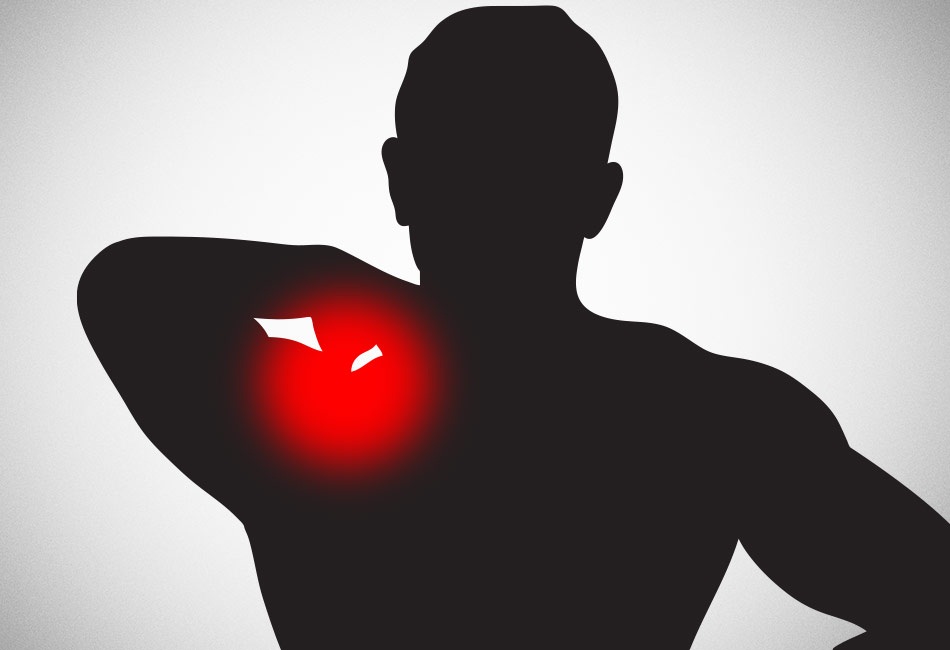No matter how carefully you prepare for your workout sessions, injuries can still occur. In fact, you can sustain an injury even if your only exercise is walking. Learning how to both prevent and recover from injury is an important part of following a workout regime.
There are many potential workout injuries that can affect people. Even though they are relatively common, they can be debilitating and prevent you from exercising fully. They include:
- Muscle strains
- Ankle sprains
- Shoulder and knee injuries
- Shin splints
- Wrist sprains
- Back pain
How to treat a workout injury
The most important thing to do after sustaining a workout injury is to take sensible precautions to avoid it worsening. The best advice is to follow the RICE method:
R = Rest the injury
I = Ice your injury to reduce inflammation
C =Compress using a bandage to control swelling
E= Elevate, where possible, to counteract swelling
It may also be a good idea to have a doctor check out your injury to make sure that there are no further complications and to prescribe the most effective treatment and recovery plan.
The road back from injury
The good news is that most workout injuries will clear up in a week or two, though if it doesn’t seem to be improving, then that is another cue to seek medical advice.
Getting back into your workout routine should be done carefully and in stages. Initially, it is a good idea to try to remain as active as possible, even in the early stages of the injury, as long as you don’t put any stress on the particular part of your body that sustained the injury, as physical activity can help you to heal much more quickly than if you spend a few weeks sitting down.
Get your doctor’s agreement
Knowing when you are ready to start working out again can be tricky, and there is a danger that you might try to return too soon and risk exacerbating the injury. It is therefore a good idea to get a medical professional to give you the okay before resuming your workout regime.
Get mentally prepared
Once you have been given the all clear, it is worth taking a little time to think about how you got injured and whether there is anything about your workout that you could change to reduce the risk of a repetition. Did you push too hard? Were you wearing the right type of clothes? Perhaps you would benefit from some of the many specialist sports clothing designed to reinforce men and women’s posture when they exercise, such as compression garments or a posture shirt. Rethinking your workout and the equipment you use could help you to train more effectively.
Start off slow
No matter how keen you are to get back into your workouts, it makes sense to build up slowly. Maybe you used to work out twice a day for an hour at a time at your peak. Well, jumping right back into that schedule is foolish. Start at the beginning, as though you are new to workouts. This may be frustrating, but it is a good way to build up your strength and protect your recovering body. Follow any advice from a doctor or therapist on recoveries and warm-ups.
Cross-training
If your workout regime didn’t involve an element of cross-training – that is, different exercises to work different parts of your body – then incorporate cross-training while you recover. This will help to spread the stress of the workout around your body, rather than risking putting strain on the injured area. Cross-training will also help you to exercise more effectively, balancing your improved fitness across your whole body, and making you fitter as a whole.
Pay attention to your body
Listening to your body is always a good idea, but it is particularly important when you are recovering from injury. Mild discomfort is fine, and nothing to worry about, but significant pain is a sign that you should stop immediately. If the pain lasts for more than an hour or two,this is an indication that you may have damaged your body in some way. Take a rest for two or three days and then go back to the start of your exercise program and build it up again.
Conclusion
Recovering from a workout injury can be a long and frustrating process, but it can’t be rushed. By taking it slowly and adopting a sensible approach, you will ultimately be making your recovery much quicker and reducing the risk of sustaining another similar injury.

